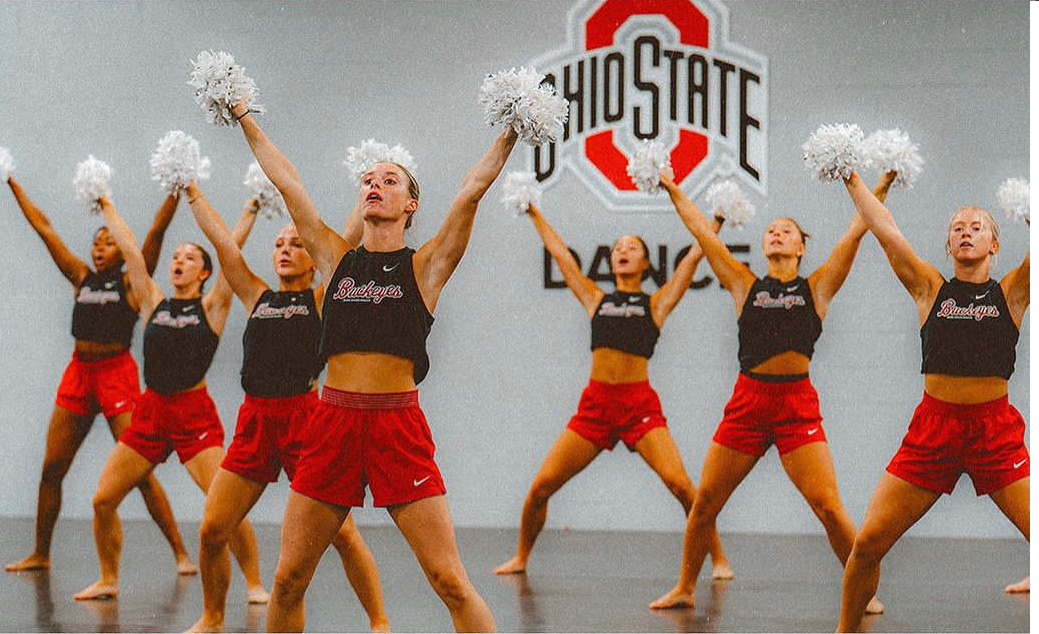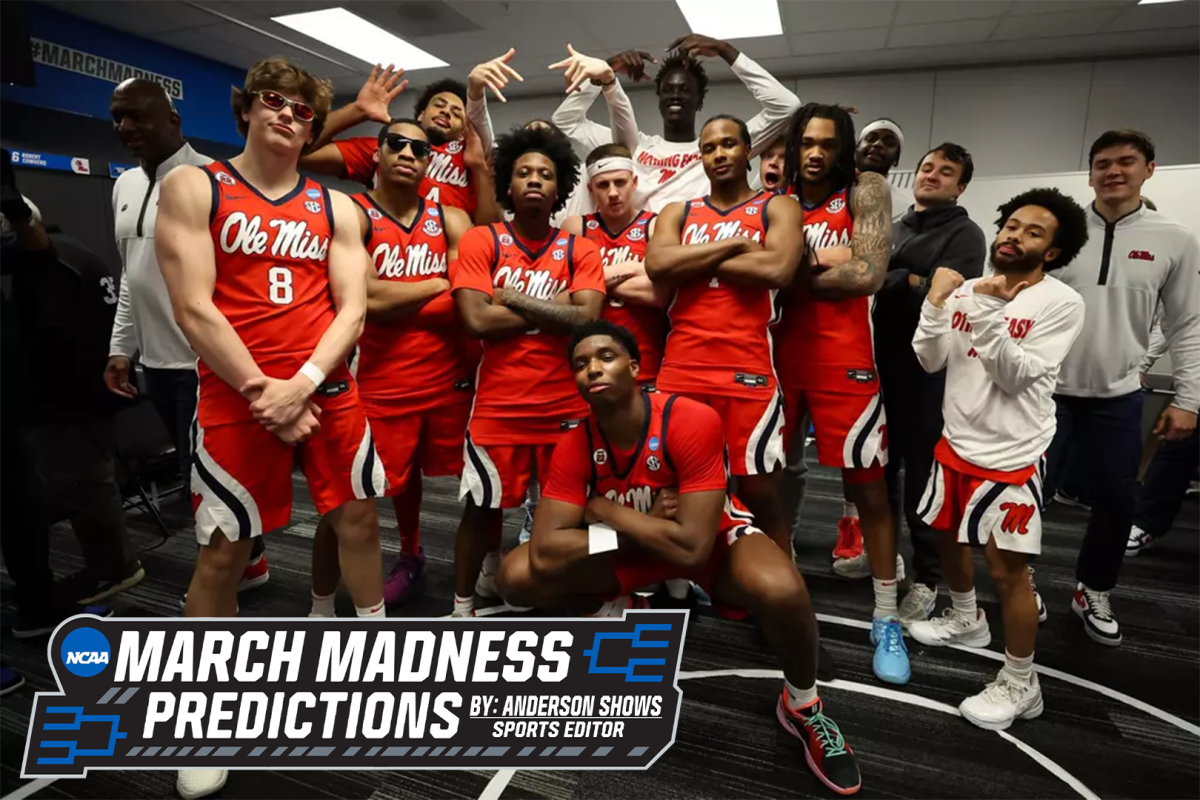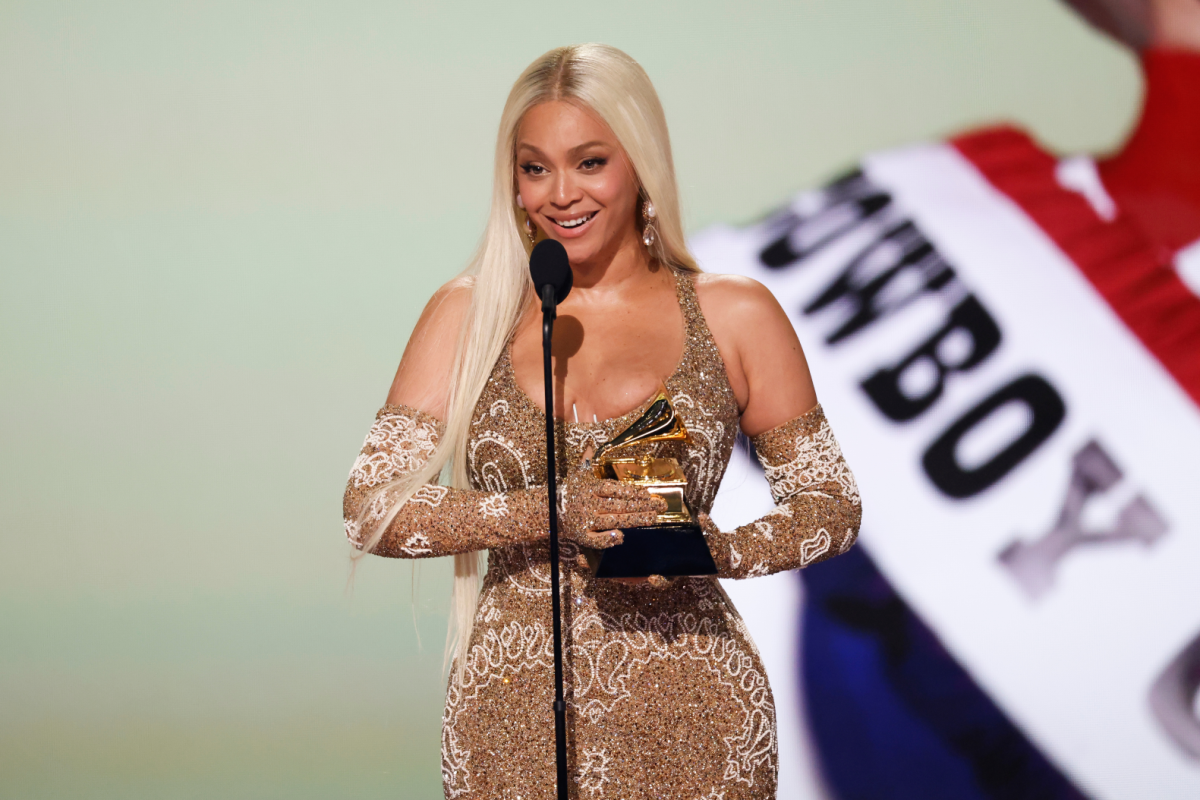Interest in competitive dance continues to grow exponentially on the high school and college level. Hundreds of thousands of girls compete annually in state high school dance competitions. Universities across the country are growing their competitive dance programs, with some adding club teams and others adding varsity squads. Attendance at dance competitions, which are often weekend-long events, continue to pack large arenas while television viewership continues to grow. Thus, there is no question that the popularity of college dance and the public interest in this sport should lead to dance becoming a recognized NCAA sport with athletic scholarships.
The Office of Civil Rights (OCR) has served to block recognition of dance as a sport because it views dance primarily as a support to other sports. Its definition of sport penalizes teams that serve other teams by limiting “sports” to activities whose sole purpose is competing. Even with this outdated definition, the modern iteration of high school and college dance teams exist to compete, not just to support other sports, and thus fall within this definition of sport.
To be sure, dance is first and foremost a competitive endeavor between squads. A plethora of competitions exist for high school and college dance athletes. These competitions incorporate a series of different genres—pom, gameday, and jazz. The elaborate choreography requires intense training, lengthy practices, and countless hours of honing every small detail. The focused scrutiny of the judging makes this sport unlike any other. As with any political change, convincing the OCR to alter its stance requires increased education of federal officials. As dance continues to grow, one hopes that the OCR will start to understand the true nature of college dance. In her law review article, Not Just Pretty Girls with Pom Poms: An Argument for the NCAA and the Office of Civil Rights to Recognize Collegiate Dance Teams as a Sport, Ole Miss dance coach Emily Price explains that the athleticism and competitiveness demonstrated in dance competitions clearly satisfies the criteria for dance being an NCAA sport: “[t]here is much more to a pretty girl shaking pom-poms than meets the eye, and the OCR can help change that perception by recognizing dance team members as athletes.”
Similarly, the NCAA’s byzantine regulatory framework for recognizing emerging sports has made it difficult for dance programs to receive a designation as an official NCAA sport. This is despite over a decade of competitive dance competitions involving rigorous athletic training and performance. One can observe subtle progress, with some universities moving dance teams outside of the music department and the oversight of the marching band into the athletic department writ large. But to date, athletic directors have been hesitant to take a leadership role in helping dance become a recognized NCAA sport.
Indeed, making competitive dance a varsity NCAA sport is a win-win proposition for universities and athletes alike. First, the amount of money that universities could generate has eluded athletic directors who seem unaware of the level of interest in dance. For decades companies like Varsity have generated millions of dollars annually by requiring large entry fees while hosting regional and national competitions. Their extensive partnership with Disney, their pay-per-view network, and their extensive volume swag and merchandise sales all point to revenue generating opportunities that universities are ignoring.
Also, unlike other sports, dance does not require extensive infrastructure investments or expensive new equipment on an annual basis. Most universities already possess the gymnasium facilities needed to run a dance program. At the most, dance requires Marley flooring and mirrors, a small investment in light of potential economic opportunity for athletic departments.
Making dance a varsity NCAA sport could also help athletic departments with their ongoing Title IX problem. Title IX requires athletic departments to offer athletic scholarships to men and women in proportion to the student population of men and women on campus. Football has historically posed a challenge because it uses 85 scholarships, and there is not a comparable women’s sport that has such a large number of participants. Universities have had to add additional women’s sports to satisfy the requirements of Title IX, or alternatively, eliminate men’s sports. The composition of dance teams, which consist of over 95% women, could offer a helpful partial counter-balance to the gender gap that football creates.
The ostrich approach of bureaucrats, administrators, and athletic directors toward dance teams needs to end soon. It is time to create a larger platform for dance as a recognized NCAA scholarship sport. Such a move would support dancers, enhance university revenue, and further show the world one of the most exciting, fastest growing sports in the United States.









